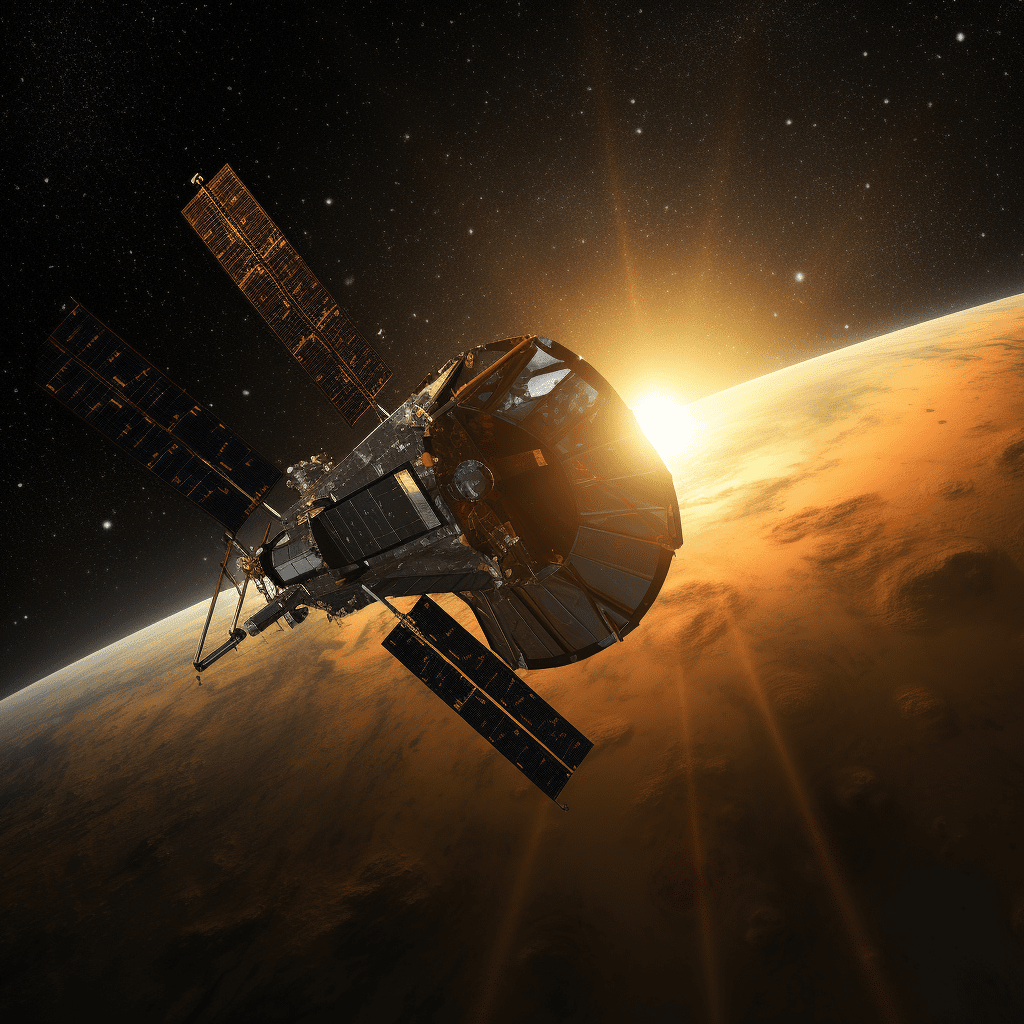Aditya-L1: India's Trailblazing Sun-Observation Mission Takes Off

Just over a week after setting a lunar milestone, India has upped its space game with the launch of Aditya-L1, its maiden mission to explore the Sun. Deployed from Sriharikota on the eastern seaboard, the mission was declared a success by ISRO, India’s space agency.
The spacecraft is on a four-month journey to the sun-Earth Lagrange point (L1), covering a distance of 1.5 million km. There, the spacecraft will settle into a halo orbit, a location advantageous for uninterrupted solar observation, thanks to a balance of gravitational forces.
Equipped with an array of seven instruments, Aditya-L1 aims to dissect the Sun’s various layers, from its innermost core to its external corona. Specialized equipment will examine phenomena like solar winds, which have known effects on Earth’s atmosphere.
The mission is anticipated to provide an influx of real-time data that could be crucial for understanding the Sun’s influence on Earth’s climate. Scientists globally will receive a continuous stream of images from the craft, approximately one image per minute, for detailed study.
As India’s first endeavor to study our solar system’s star, the mission comes hot on the heels of the nation’s Chandrayaan-3 mission, which marked India as the first country to land on the Moon’s southern pole. The recent successes in space exploration have gained international acclaim for Indian Prime Minister Narendra Modi, who highlighted the “triumph of the entire humankind”. These accomplishments set the stage for the upcoming G20 Summit in New Delhi, offering Modi an opportunity to spotlight India’s frugal yet impactful contributions to global space exploration.
